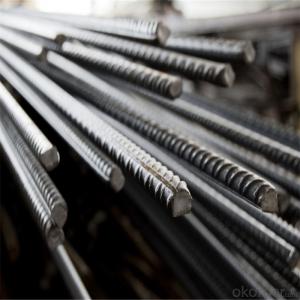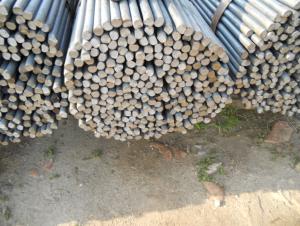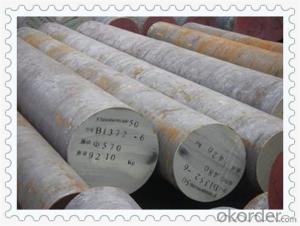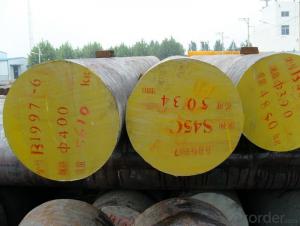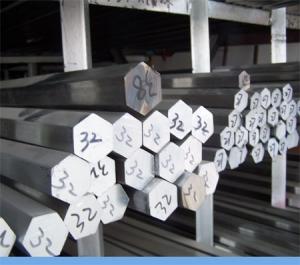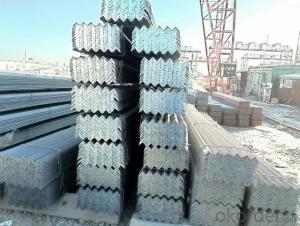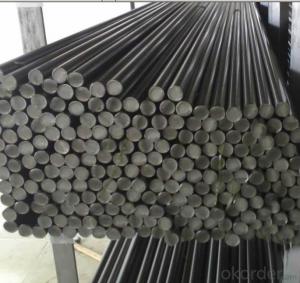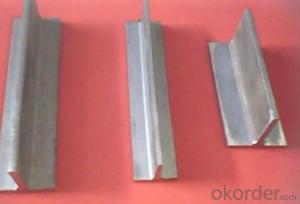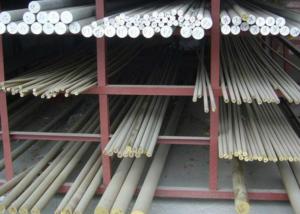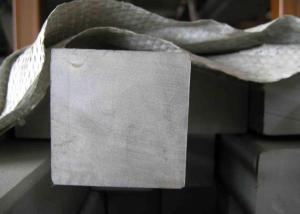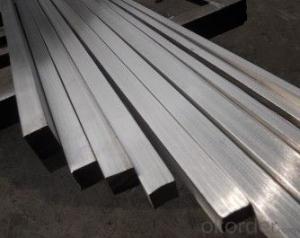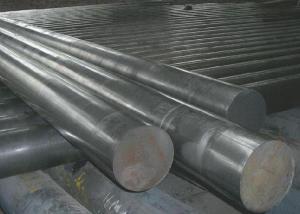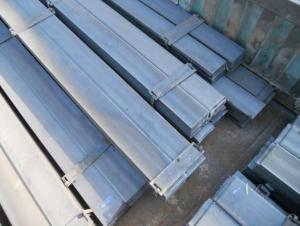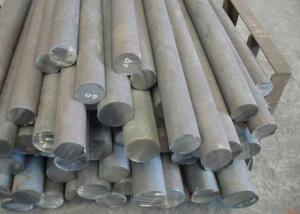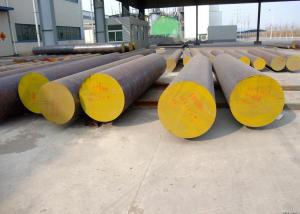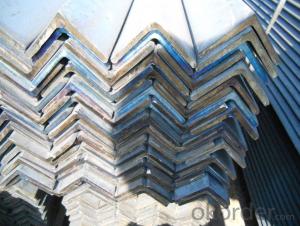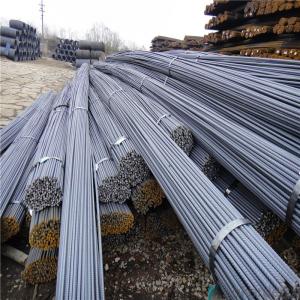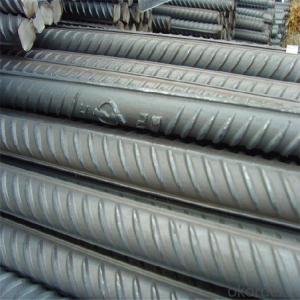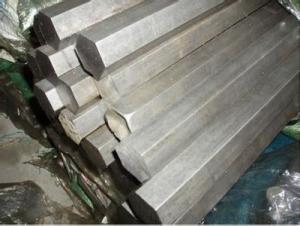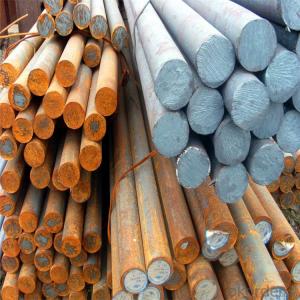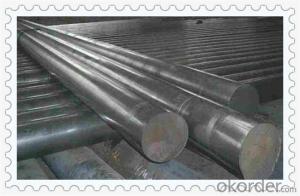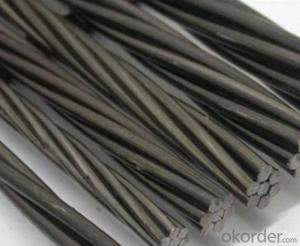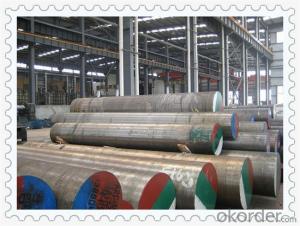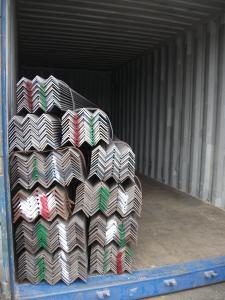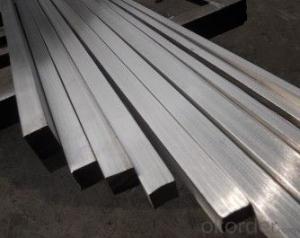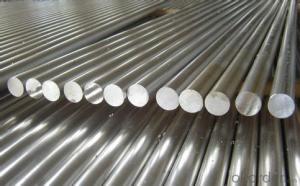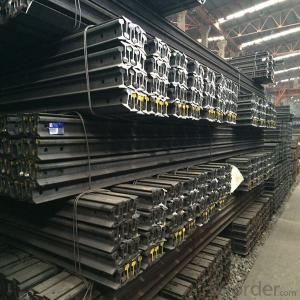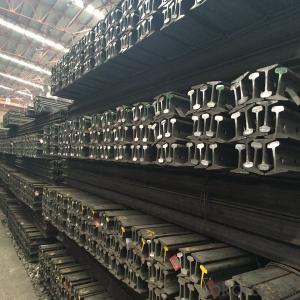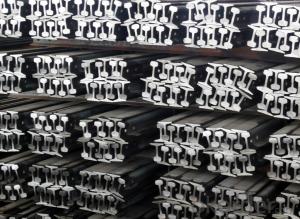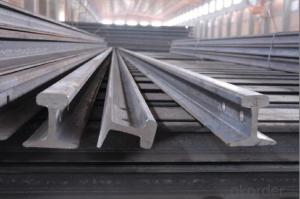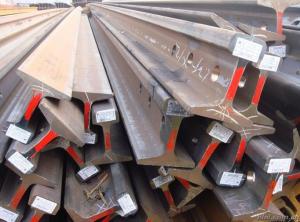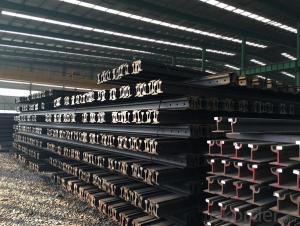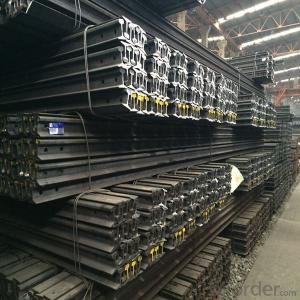T16 Steel Bar
T16 Steel Bar Related Searches
Y16 Steel Bar T12 Steel Bar T316 Stainless Steel Steel U Bar Aluminum T Bar Stock Stainless Steel Towel Bar 3 16 Stainless Steel 16 Gauge Stainless Steel 1 Inch Steel Bar 3 16 Stainless Steel Rod 3 16 Stainless Steel Brake Line 16 Gauge Stainless Steel Wire 16g Stainless Steel Wire 416r Stainless Steel Stainless Steel 16 Gauge Wire Stainless Steel Square Bar Steel Deformed Bar Stainless Steel Bar Stool Aluminum Stock Bar Stock Aluminum Bar Stainless Steel Bar Top 3/16 Stainless Steel Brake Line 3/16 Stainless Steel Y16 Rebar Stainless Steel Soap Bar Bar Stool Stainless Steel Continuous Cast Iron Bar T10 Rebar 1 X 2 Aluminum Bar Stock Cast Iron TT16 Steel Bar Supplier & Manufacturer from China
T16 Steel Bar, a type of high-quality steel material, is widely recognized for its exceptional strength and durability. This product is specifically designed to meet the demands of various industries, making it a popular choice for construction, manufacturing, and engineering projects. The T16 Steel Bar's versatility allows it to be utilized in a broad range of applications, from structural support to precision components, ensuring that it remains a crucial element in many different scenarios. As a result, the demand for T16 Steel Bar continues to grow, making it an essential product for businesses in the steel industry. Okorder.com, a leading wholesale supplier, prides itself on offering a comprehensive inventory of T16 Steel Bar, ensuring that customers have access to the materials they need to complete their projects efficiently and effectively. By maintaining a large inventory, Okorder.com is able to cater to the diverse requirements of its clientele, making it a reliable source for T16 Steel Bar.Hot Products





